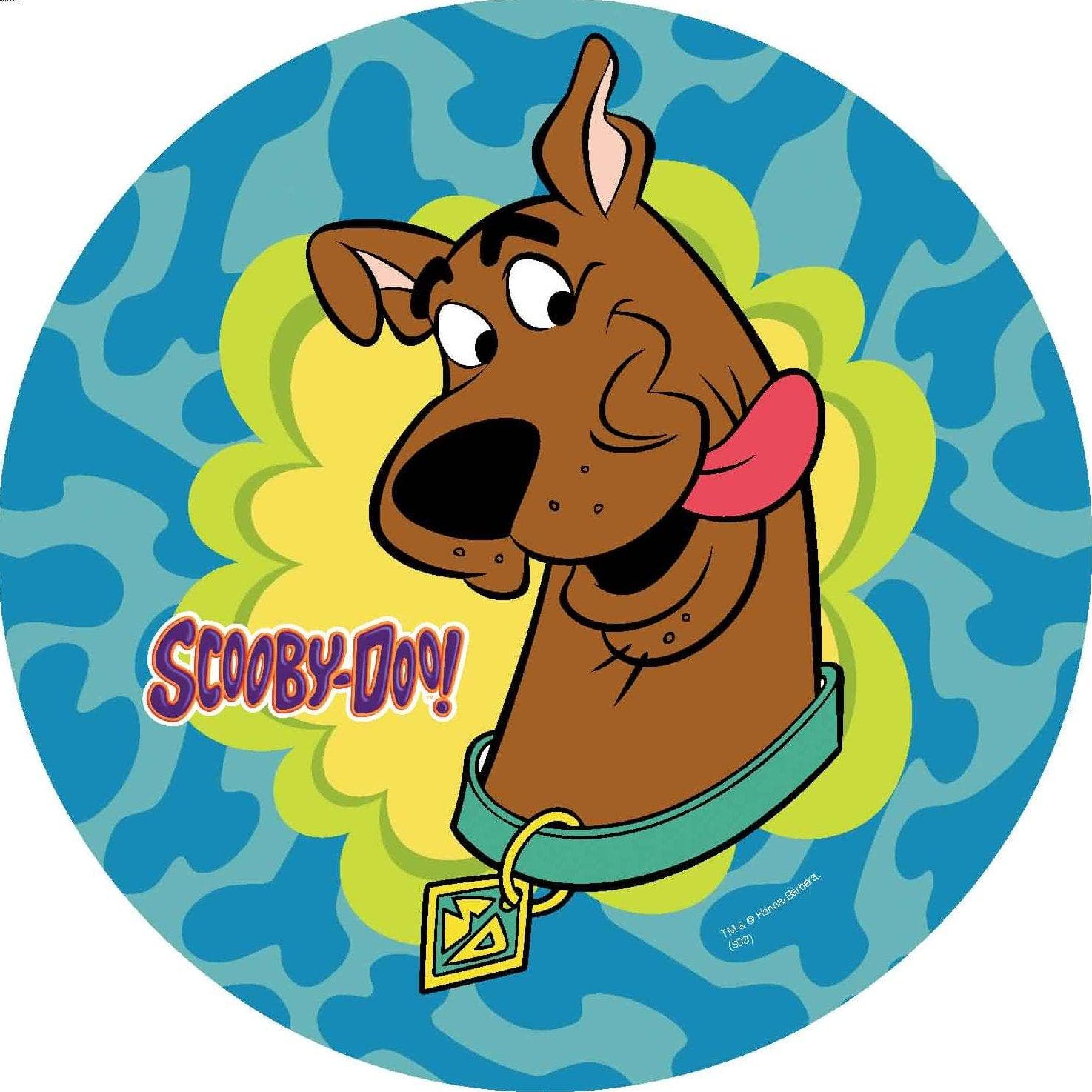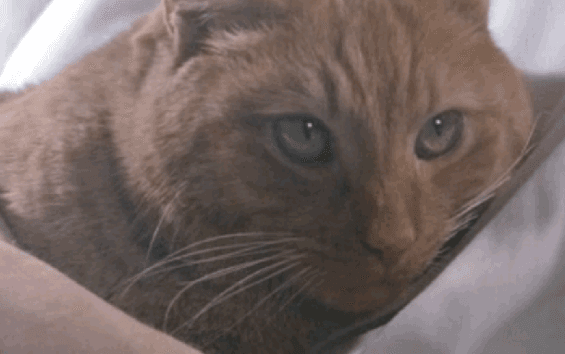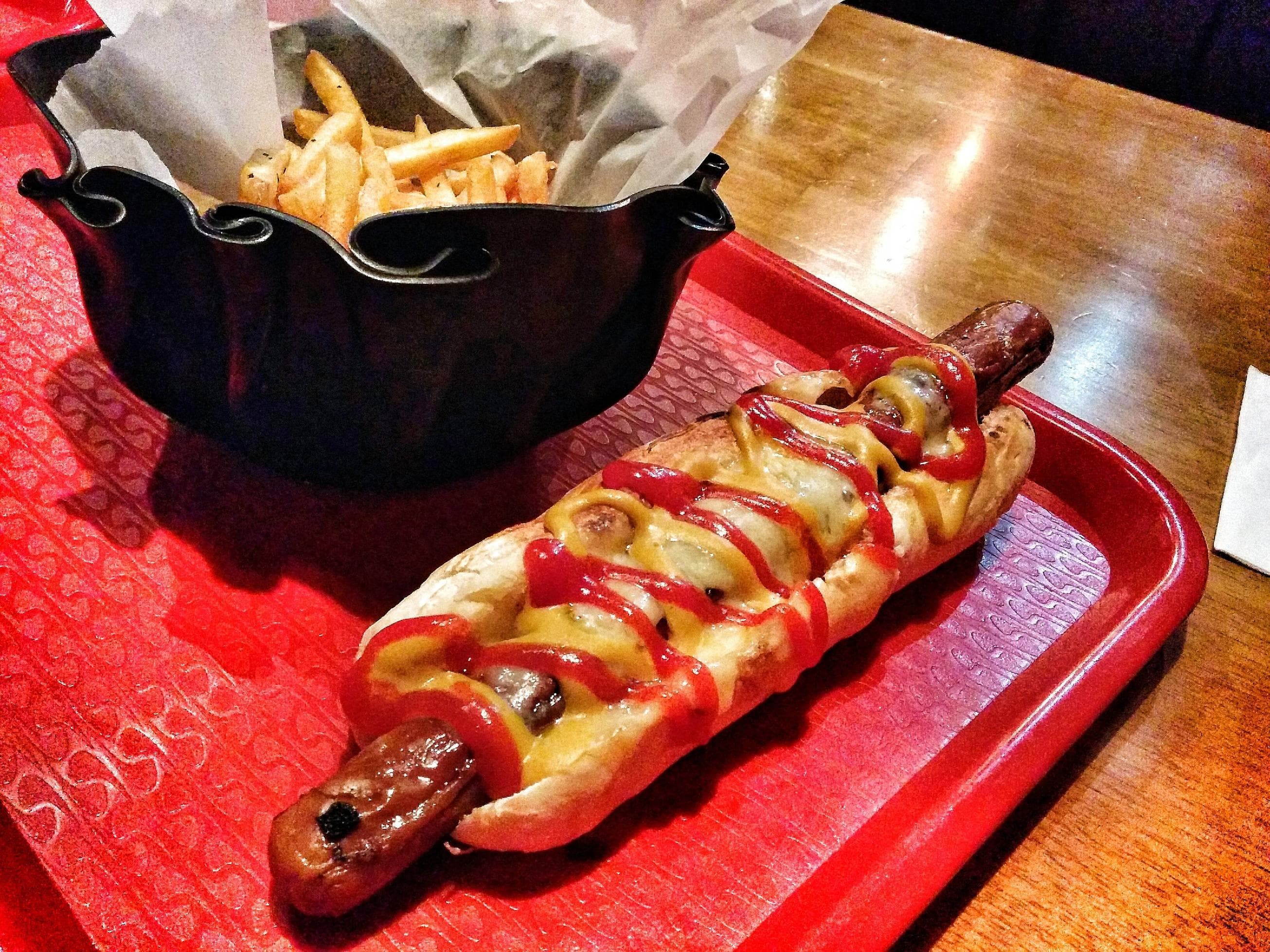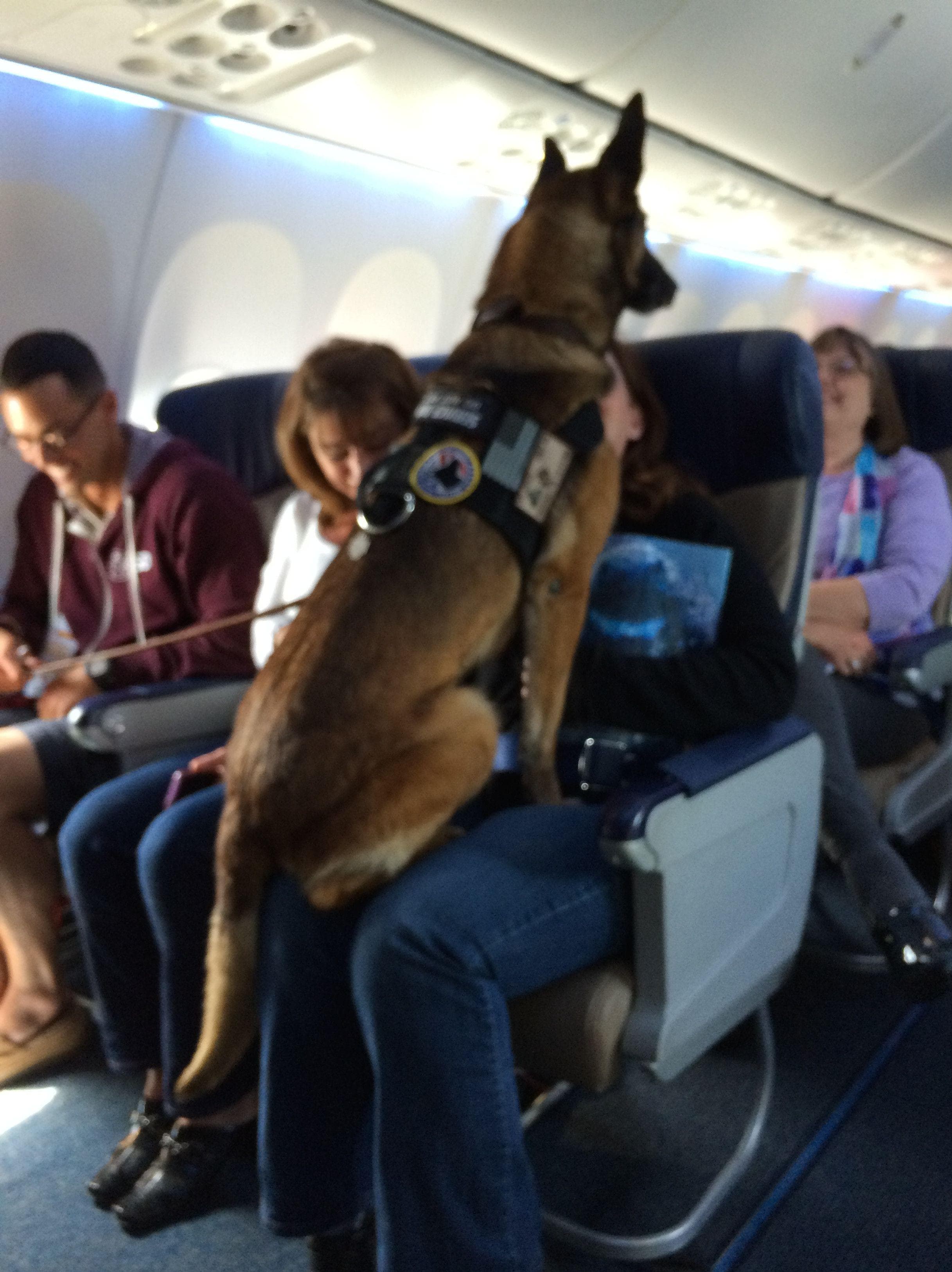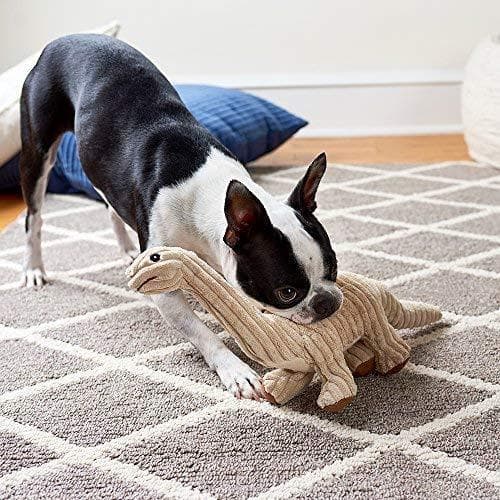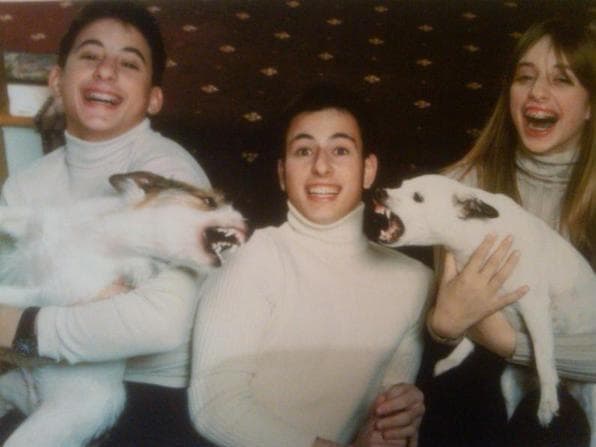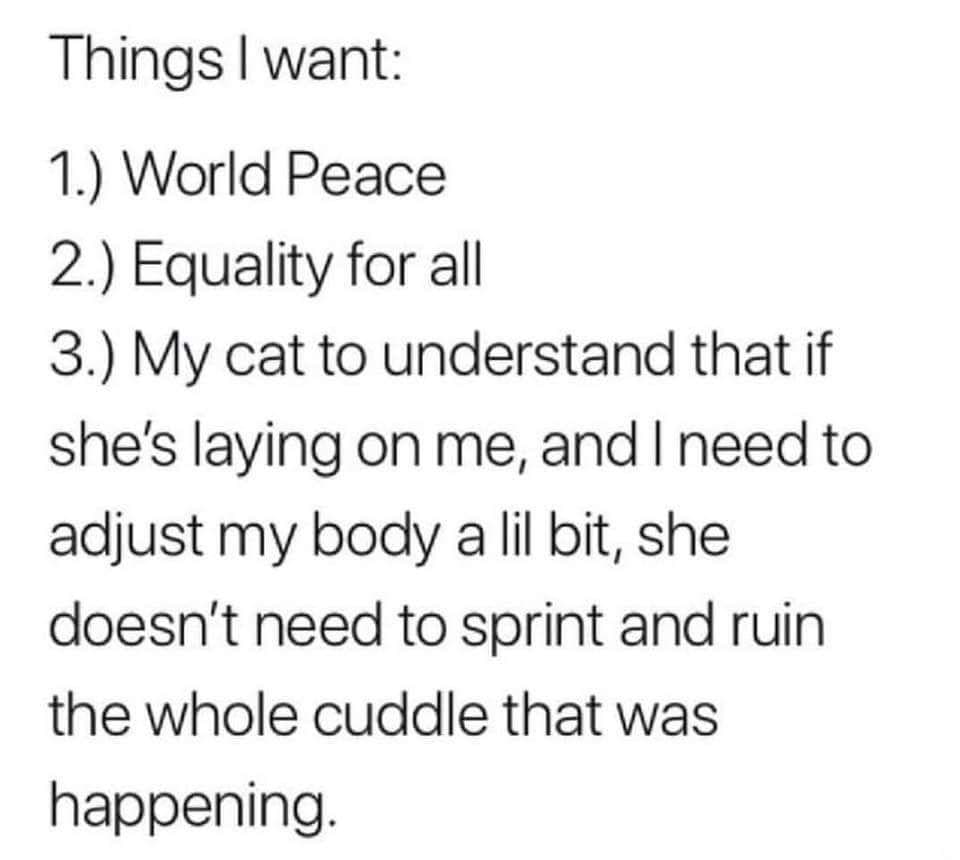-
(#3) You're The Boss When Your Dog Smiles
When your dog smiles, it's to let you know that what you say goes. It's called a "submissive grin," and dogs flash their pearly whites to diffuse any unwanted aggression. It's a sign your best pal is seeking attention in a non-threatening way. Dogs are also suckers for positive reinforcement – if there's a treat at the end of this trick, your dog will turn its frown upside down on the regular!
-
(#5) They Really Want To Help You Keep Calm And Carry On
Dogs are primarily lovers – not fighters – and they will use a series of "calming signals" to prevent aggression in other dogs and people. Norwegian dog trainer Turid Rugaas coined the term and says there are about 30 actions that a dog will employ to keep the peace, including yawning, licking, averting his eyes, sniffing the ground, slow walking, laying down, softening the eyes, blinking, and even sneezing. If you sense your dog is giving you a calming signal, take a breather. If he's stressed, employ your own calming signals to let him know he's safe and loved.
-
(#7) Dogs Don't Like Hugs, And Their Body Language Shows This
You love your dog and want to show it affection, but one of the worst things you can do, according to researchers, is to give your dog a hug. Dr. Stanley Coren studied hundreds of photos of dogs being embraced by humans. He was looking for signs of stress or discomfort, and the markers, albeit subtle, were there. In a whopping 81.6% of images, the dogs exhibited some evidence of anxiety, including folded-down ears, half-moon eyes, yawns, or a complete avoidance of eye contact. Coren calls dogs "cursorial animals" – their first line of defense, if threatened, is not to bite; it's to run away. Hugging them impedes that instinct and may lead to unwanted trouble.
-
(#10) The Propeller Tail Tells A Tale Of Happiness
Like vocalization, tail wagging communicates various emotions. A loose, low-swinging tail indicates calmness, while a high or extremely slow tail indicates a cautious and, possibly threatened, dog.
But what of the "propeller tail?" When your dog's tail does a complete 360, and his body moves back and forth along with it, he's excited and happy to see you! He's also likely aware that you find it adorable and will reward him with treats and praise. Certain dogs, like pugs or short-tailed breeds, can't do the “helicopter wag” for obvious reasons, but that doesn't mean they love you any less.
-
(#8) They Walk In Circles Because, Back In The Wild, That Was A Useful Skill
We've all seen dogs walk in circles a few times and dig at their beds before finally laying down to sleep. Experts say this is a residual habit from the days when dogs lived in the wild. Canines subconsciously circle an area – which would have been covered in leaves and grasses thousands of years ago – to create a level surface for sleeping. They also scratch at a spot before curling up in an attempt to stay warm or cool. This, once again, is a leftover from the days when digging a hole was paramount for regulating body temperature.
-
(#1) Dogs Tilt Their Heads To See You Better
We're all familiar with this enduring trait – when we speak to our dogs, they sometimes cock their heads. Some believe they're trying to decipher what we're saying, or they recognize that we're positively responding to the gesture, and treats or other rewards are close at hand.
However, according to Dr. Stanley Coren, canine expert and professor of psychology at the University of British Columbia and writer for Psychology Today, neither of these is the case. If you place your fist in front of your nose, you'll have some idea of what the world looks like through a dog's eyes with a muzzle obstructing some of its vision. Dogs read emotional cues in our facial expressions as well as our voices, and they may just be trying to better gage where you're coming from emotionally when they repeatedly tilt their head from side to side as you speak.
But what about brachycephalic breeds with flatter muzzles? Their vision is also obscured, but to a much lesser degree, and as such, the results of Coren's study showed that dogs with longer muzzles did tilt their heads more often than their flat-faced counterparts.
New Random Displays Display All By Ranking
About This Tool
Can a dog talk? The answer is not. Although they do not speak, the information revealed in their body language may exceed your imagination. The tail gestures are the most common language used by dogs, such as their tails will wobble when they are excited and happy. Although different dog breeds have different appearances and sizes, most of their body signs express roughly similar meanings.
These cute and furry friends are curious about everything, such as sounds, tastes and new friends. It is necessary to understand them better by learning more about their signs, here you could find 10 interesting and common signs that dogs send to their owners. What all owners hope is that they can express it when they are sick.
Our data comes from Ranker, If you want to participate in the ranking of items displayed on this page, please click here.

